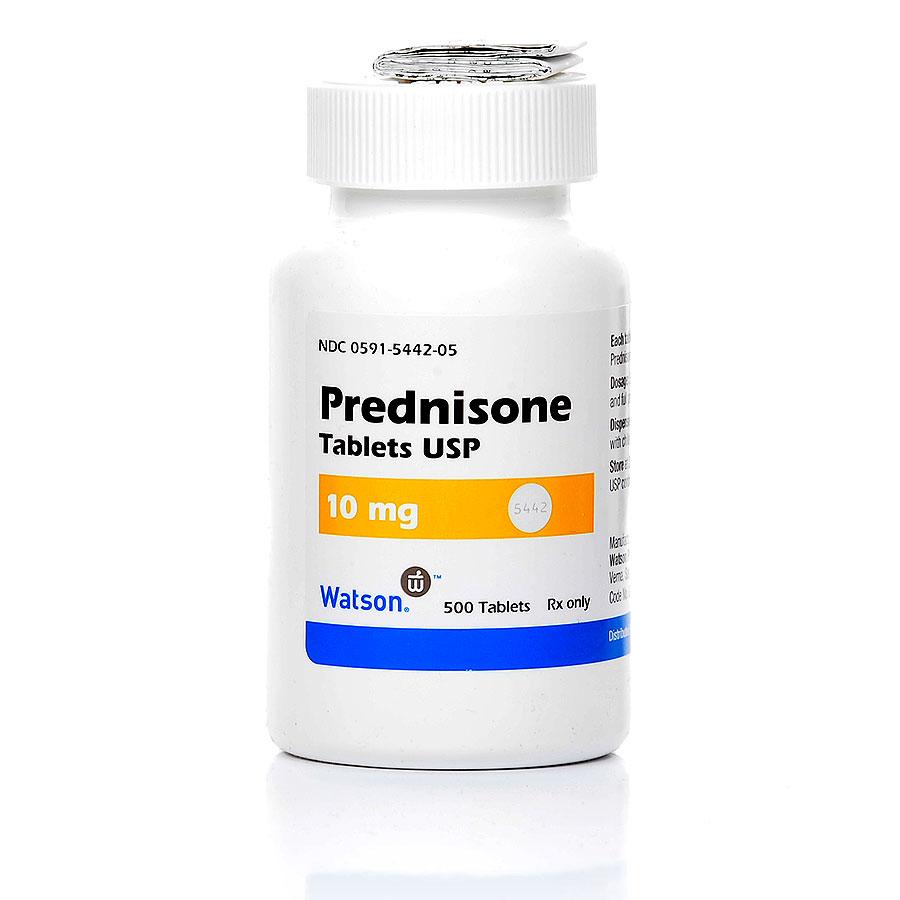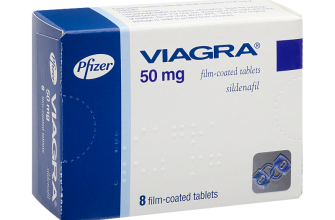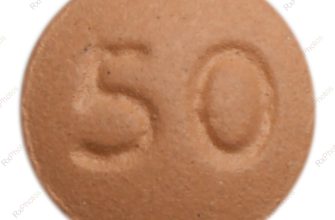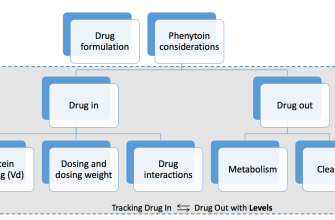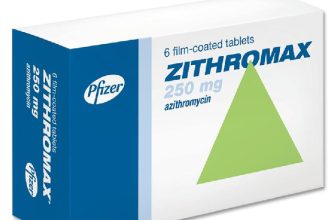Prednisolone is a powerful anti-inflammatory steroid, often prescribed for canine conditions like allergies, arthritis, and inflammatory bowel disease. However, its use requires careful monitoring due to potential side effects.
Always follow your vet’s instructions precisely regarding dosage and duration. Typical dosages range from 0.5 to 2 mg per kilogram of body weight, once or twice daily. Never adjust the dosage without veterinary guidance. Observe your dog closely for signs of increased thirst, urination, or appetite changes – these might indicate side effects.
Long-term use carries risks. Potential adverse reactions include increased susceptibility to infections, weight gain, and changes in coat quality. Regular veterinary checkups are vital to manage potential side effects and monitor your dog’s health. Discuss tapering the dosage with your vet before stopping treatment to avoid withdrawal symptoms.
Remember: Prednisolone is a prescription medication. Never administer it without a veterinarian’s diagnosis and prescription. Always consult your vet regarding any concerns about your dog’s health and medication.
- Prednisolone Pills for Dogs: A Comprehensive Guide
- Understanding Prednisolone
- Administering Prednisolone
- Potential Side Effects
- Medication Interactions
- Storage and Disposal
- Monitoring Your Dog
- When to Use Prednisolone in Dogs
- Administering Prednisolone to Your Dog
- Oral Administration
- Monitoring Your Dog
- Storage
- Missed Dose
- Discontinuation
- Seek Veterinary Advice
- Potential Side Effects and Risks of Prednisolone
- Weaning Off Prednisolone: A Gradual Approach
- Reducing the Dosage
- Monitoring Your Dog
- Alternative Treatments
- Post-Weaning Care
- Long-Term Management
Prednisolone Pills for Dogs: A Comprehensive Guide
Always consult your veterinarian before administering Prednisolone to your dog. Dosage depends entirely on your dog’s weight, condition, and the specific instructions from your vet.
Understanding Prednisolone
Prednisolone is a corticosteroid, reducing inflammation and suppressing the immune system. It treats various canine conditions, including allergies, inflammatory diseases (like arthritis), and autoimmune disorders. Dogs often receive Prednisolone as short-term treatment or long-term management, depending on their needs. The medication comes in different strengths, ensuring accurate dosing.
Administering Prednisolone
Your vet will provide specific instructions. Generally, Prednisolone pills are administered orally, usually with food to minimize stomach upset. Always follow the prescribed dosage and frequency precisely. Never adjust the dosage without consulting your veterinarian. Consistent administration is key to optimal results.
Potential Side Effects
While generally safe when used correctly, Prednisolone can cause side effects. Increased thirst and urination are common. Other potential side effects include increased appetite, weight gain, panting, and behavioral changes. Long-term use may lead to more serious issues, such as Cushing’s disease. Regular veterinary checkups are vital for monitoring your dog’s health while on Prednisolone.
Medication Interactions
Prednisolone can interact with other medications. Inform your vet about all medications your dog is currently taking, including over-the-counter drugs and supplements. This prevents adverse reactions and ensures safe medication usage.
Storage and Disposal
Store Prednisolone pills in a cool, dry place, away from direct sunlight and moisture. Keep them out of your dog’s reach. Dispose of unused medication responsibly; your veterinarian or local pharmacy can guide you on safe disposal methods.
Monitoring Your Dog
Closely observe your dog for any changes in behavior, appetite, or urination habits. Report any unusual symptoms to your vet immediately. Prompt veterinary attention is crucial for optimal outcomes and managing potential complications.
When to Use Prednisolone in Dogs
Prednisolone helps manage various canine inflammatory and immune-mediated conditions. Veterinarians frequently prescribe it for allergies, causing skin issues like itching and inflammation.
It effectively treats inflammatory bowel disease (IBD), easing symptoms like diarrhea and vomiting. Autoimmune disorders, such as lupus and rheumatoid arthritis, often benefit from prednisolone’s anti-inflammatory properties, reducing pain and swelling in joints.
Prednisolone also proves valuable in managing certain cancers, slowing tumor growth and improving the dog’s quality of life. It can help reduce swelling and pain associated with various injuries. Additionally, it’s used to treat severe breathing problems due to allergic reactions or inflammation.
Remember: Prednisolone is a powerful medication. Always follow your veterinarian’s instructions carefully regarding dosage and duration of treatment. Regular monitoring is crucial to detect potential side effects.
Administering Prednisolone to Your Dog
Always follow your vet’s instructions precisely. The dosage depends on your dog’s weight and condition. Never adjust the dose without veterinary guidance.
Oral Administration
Prednisolone tablets are usually given orally. You can hide the pill in a small amount of high-value food, like cheese or peanut butter (ensure it’s safe for dogs!). Make sure your dog swallows the pill completely. If your dog refuses the pill hidden in food, try crushing it and mixing it with a small amount of wet food. However, consult your vet before crushing the pills, as some formulations shouldn’t be crushed.
Monitoring Your Dog
Observe your dog for any side effects, such as increased thirst, increased urination, or changes in appetite. Report any unusual behavior or changes in your dog’s health immediately to your veterinarian. Regular veterinary check-ups are important during Prednisolone treatment. Keep your vet informed about your dog’s progress.
Storage
Store Prednisolone tablets in a cool, dry place, away from children and pets, as directed on the label.
Missed Dose
If you miss a dose, give it as soon as you remember, unless it’s almost time for the next dose. Never double the dose. Contact your vet if you have concerns about a missed dose.
Discontinuation
Never stop giving Prednisolone abruptly. Your veterinarian will provide a tapering schedule to gradually reduce the dosage, minimizing potential withdrawal symptoms. This prevents adverse reactions.
Seek Veterinary Advice
This information is for guidance only and does not replace veterinary advice. Always consult your veterinarian before administering Prednisolone or any medication to your dog. They can accurately assess your dog’s needs and provide tailored instructions.
Potential Side Effects and Risks of Prednisolone
Prednisolone, while effective, carries potential side effects. Increased thirst and urination are common. Your dog might also experience increased appetite leading to weight gain. Monitor your pet’s weight and adjust their food accordingly.
Gastrointestinal upset, including vomiting and diarrhea, can occur. If these symptoms are severe, contact your veterinarian immediately. Long-term use can weaken the immune system, making your dog more susceptible to infections.
Prednisolone can affect blood sugar levels, potentially leading to diabetes in susceptible dogs. Regular blood glucose monitoring might be necessary, especially with prolonged treatment. Behavioral changes, such as increased aggression or anxiety, are also possible. Observe your dog closely for any unusual behavior.
Cataracts and glaucoma are potential long-term eye complications. Regular eye examinations are recommended for dogs on long-term prednisolone therapy. Muscle weakness and thinning of the skin are also potential side effects. Your vet can help manage these through careful monitoring and adjustments to medication.
Sudden cessation of prednisolone can cause serious withdrawal symptoms. Always follow your veterinarian’s instructions regarding tapering the dosage to avoid these issues. Regular veterinary checkups are crucial for monitoring side effects and adjusting the treatment plan as needed.
Weaning Off Prednisolone: A Gradual Approach
Never abruptly stop Prednisolone. A sudden cessation can trigger serious health problems for your dog.
Reducing the Dosage
Your vet will create a personalized weaning schedule. This usually involves gradually decreasing the daily dose over several weeks or months. They’ll likely prescribe a specific reduction schedule, perhaps decreasing the dose by 25% every few days or weeks.
- Follow the vet’s instructions precisely. Don’t adjust the dosage without their approval.
- Use a pill cutter for precise dosage adjustments if necessary.
- Maintain a consistent administration time to help regulate your dog’s system.
Monitoring Your Dog
Closely monitor your dog for any signs of withdrawal. These may include:
- Lethargy
- Loss of appetite
- Vomiting
- Diarrhea
- Weakness
- Increased thirst
Report any of these symptoms to your vet immediately. They may need to adjust the weaning schedule.
Alternative Treatments
Your vet might suggest alternative treatments to manage your dog’s underlying condition, minimizing the reliance on Prednisolone. This could include other medications or dietary changes.
Post-Weaning Care
Even after completing the weaning process, continue to monitor your dog’s health. Schedule regular check-ups with your veterinarian to ensure their continued well-being.
Long-Term Management
- Discuss long-term management strategies with your vet to prevent future relapses.
- Maintain open communication with your vet regarding your dog’s health and any concerns.

